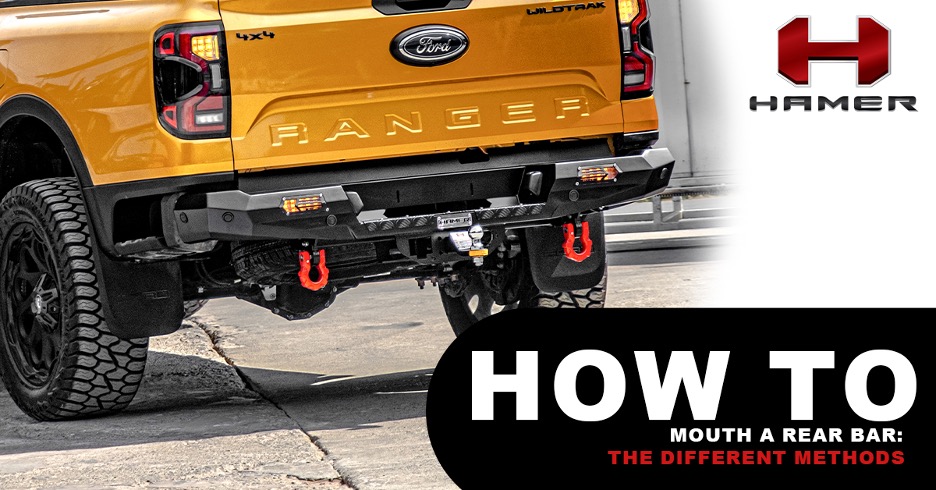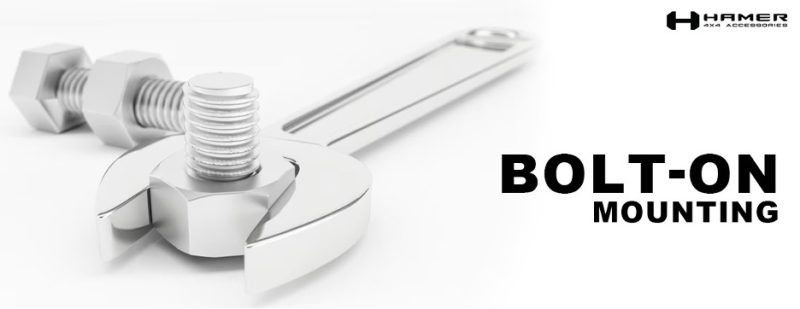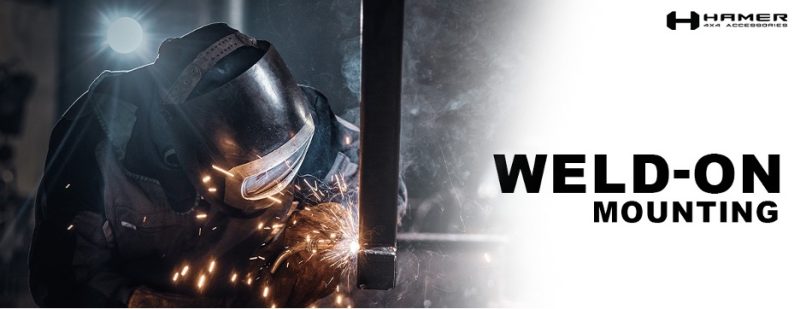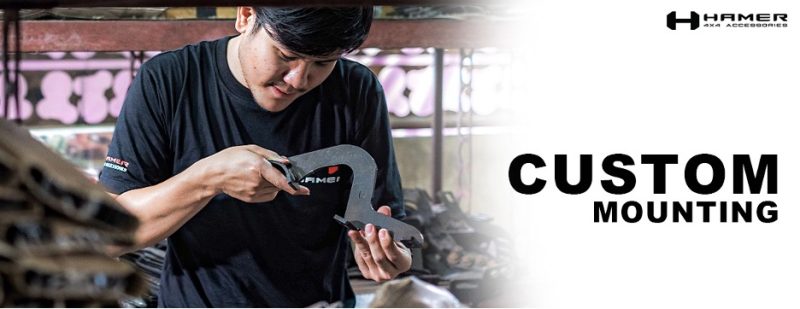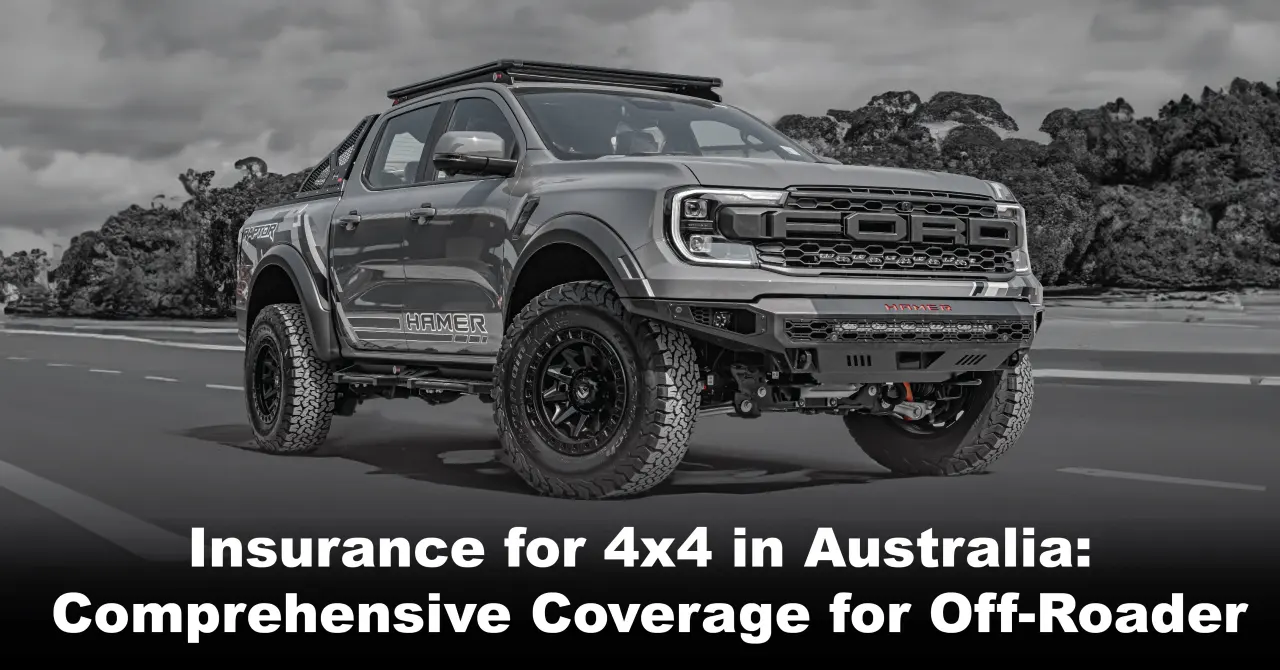NEWS & ACTIVITY
How to Mount a Rear Bar: The Different Methods
Rear bars are one of many essential 4wd accessories for your car. The rear bar provide additional protection and support for your vehicle, as well as allowing for the attachment of various accessories, such as bike racks, spare tire carriers, and jerry cans to name a few.
With so many options available on the market, it can be overwhelming to choose the right rear bar for your needs. One of the most important factors to consider when purchasing a rear bar is the type of mounting option that is best for what you’ll be using it for.
In this guide, we’ll take a deep dive into the different methods of mounting options available for rear bars and what makes each one unique.
1. Bolt-On Mounting
Bolt-on mounting is the most common and straightforward option for rear bars. This type of mounting involves drilling holes into the chassis of your vehicle and then bolting the rear bar directly to the frame. Bolt-on mounting is sturdy and reliable, and is often the preferred option for those who plan on using their rear bar for heavy-duty activities, such as towing or carrying heavy loads. This type of mounting is also relatively easy to install, making it a popular choice for those who want to install the rear bar themselves.
The bolted connection is sturdy and secure, ensuring that the rear bar will stay in place even under extreme stress. One of the main benefits of bolt-on mounting is its versatility. If you have a specific requirement for your rear bar, such as a unique mounting position or a customized fit, bolt-on mounting is an excellent option to consider.
2. Weld-On Mounting
Weld-on mounting is similar to bolt-on mounting, but instead of bolts, the rear bar is welded directly to the vehicle’s frame. This type of mounting is even stronger than bolt-on mounting and is ideal for those who plan on using their rear bar for extremely heavy-duty activities, such as extreme off-roading or heavy towing.
Weld-on mounting is an excellent option for those who want the ultimate in stability and reliability for their rear bar. The welded connection is stronger and more secure than a bolted connection, ensuring that the rear bar will stay in place even under extreme stress.
However, welding is a more involved and time-consuming process than bolting, so it’s important to have the proper equipment and skills to perform the job. If you don’t have the necessary skills or equipment to perform the welding yourself, it’s best to have a professional do the job for you.
3. Custom Mounting
Custom mounting is a tailored solution that is designed to fit your specific vehicle and requirements. This type of mounting option involves a professional fabricator who will design and build a mounting bracket specifically for your vehicle. This ensures that the rear bar fits perfectly and provides the maximum stability possible. Custom mounting is an excellent option for those who have unique or custom 4×4 vehicles, or for those who want the ultimate in stability and reliability.
However, custom mounting is typically more expensive than other options, as it requires specialized skills and materials. Additionally, it may take longer to complete as the brackets must be designed, fabricated, and installed. Nevertheless, the end result is a rear bar that provides unparalleled stability, protection, and support for your vehicle.
4. No-Drill Mounting
No-drill mounting is a mounting option that does not require any drilling or modification to your vehicle. This type of mounting is designed to use existing attachment points, such as factory tie-down points, to secure the rear bar in place. No-drill mounting is an excellent option for those who want to avoid drilling into their vehicle, or for those who want to maintain their vehicle’s warranty.
No-drill mounting is often easier and quicker to install than other options, as it does not require any modifications to the vehicle. This makes it an excellent choice for those who are looking for a convenient and straightforward mounting solution. Additionally, no-drill mounting is typically more affordable than custom mounting, making it an accessible option for many 4×4 enthusiasts.
However, no-drill mounting may not provide the same level of stability and reliability as other options, as it relies on existing attachment points that may not be designed to support the weight and stress of a rear bar. Additionally, the rear bar may not fit as securely as it would with other mounting options, as it relies on pre-existing attachment points rather than a custom-made bracket.
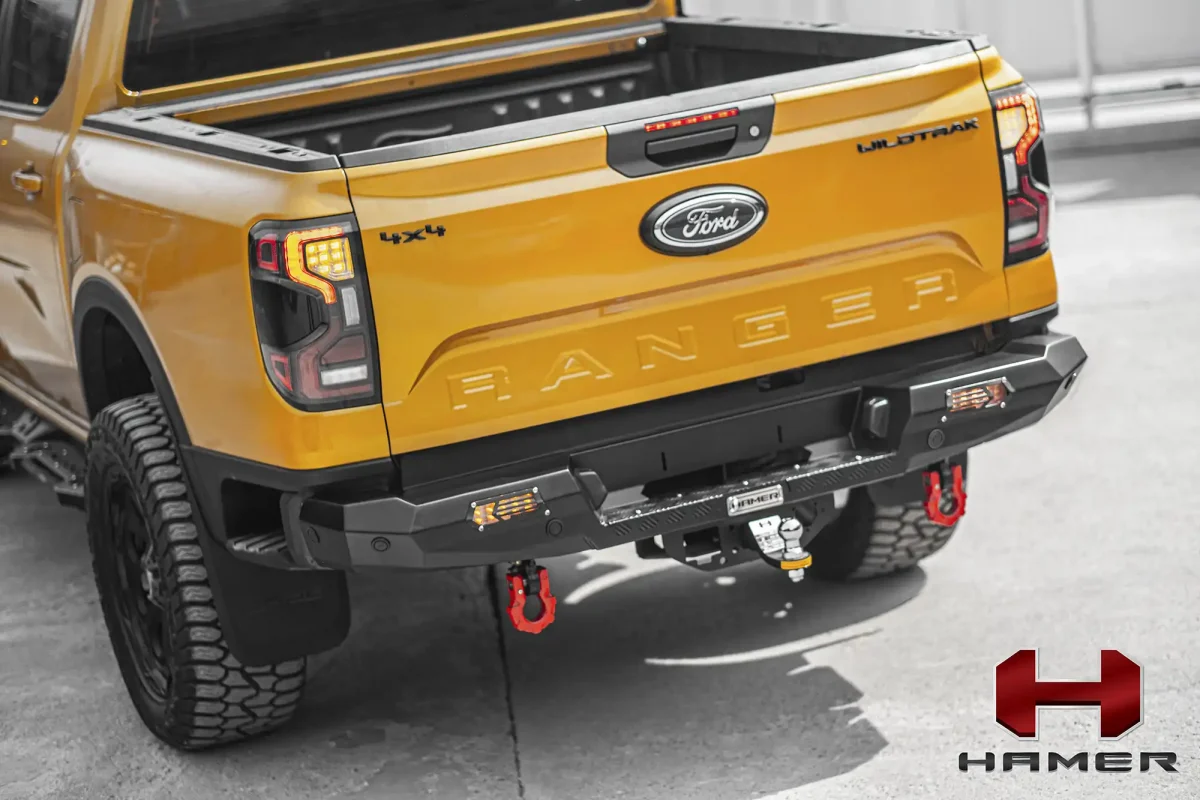
Conclusion
No matter which type of mounting option you choose, it’s important to choose a high-quality rear bar such as Hamer rear bar that is designed for your specific vehicle. By doing so, you’ll ensure that your rear bar provides the protection and support that you need, and that it will stay in place even under extreme stress. With the right rear bar, you’ll be able to enjoy all the benefits of your 4×4 vehicle, no matter where your adventures take you.
Enjoy the latest news and promotions by following us on Facebook at Hamer4x4.



































































































